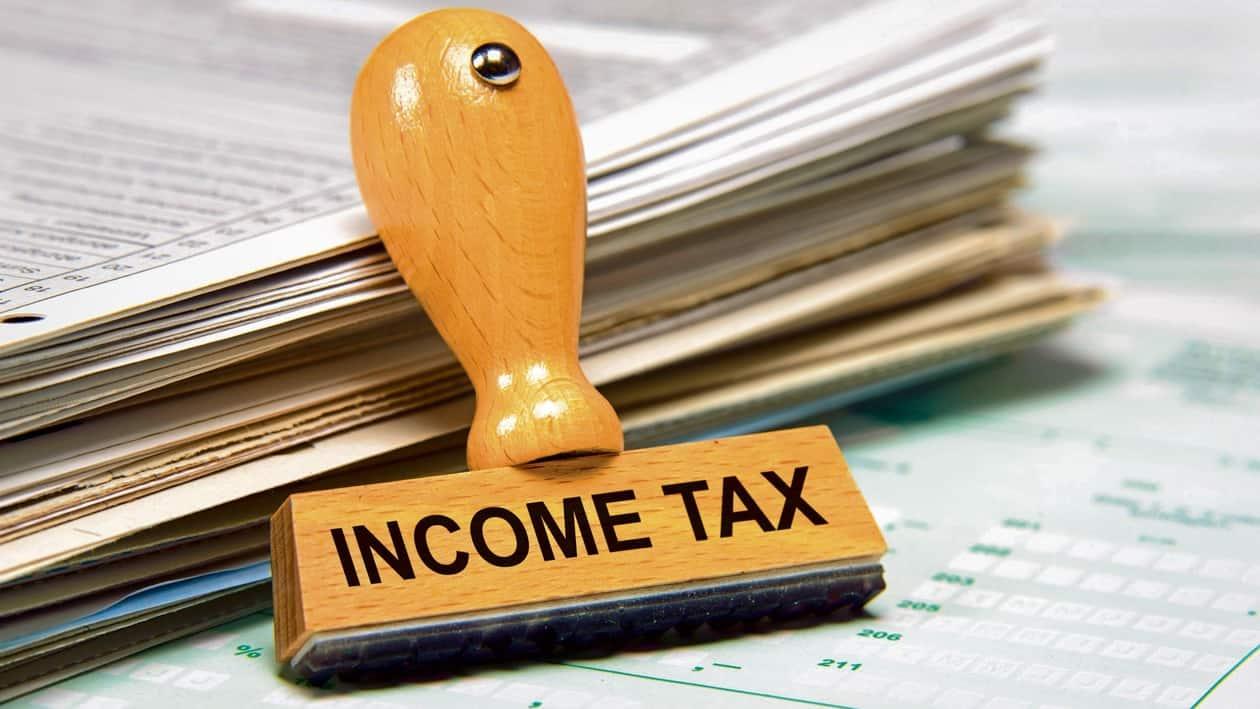Since you have submitted all the essential investment documents to your HR, it is necessary to understand that your employer is deducting TDS from your salary after applying all of your investment documents. You can start this by calculating your tax for the financial year in which you have earned your income from your salary.
Here are the five steps of calculating your tax for earning salary income.
Step 1: Gross salary
First of all, you need to add up your gross salary, if you do not have another income source, on a yearly basis. Along with that, you need to calculate all of your expenses or investment you have made which might lead you to a salary deduction.
READ MORE: Demystifying your Salary Slip
Step 2: Tax slab
After calculating your gross salary, you will be able to look at the chart of tax slabs and know to which category you belong. Since employees do not get to choose under which regime tax should be deducted, employers generally deduct TDS under the old regime.
| Tax slab (Rs) | Rate of tax | Cess |
| 0-2,50,000 | 0% | 0% |
| 2,50,000-5,00,000 | 5% | 4% |
| 5,00,000-10,00,000 | 20% | 4% |
| Above 10,00,000 | 30% | 4% |
Step 3: Salary elements
It’s not your basic salary that you receive, there are always various other elements that help you in claiming tax such as HRA or house rent allowances, travel allowances, medical allowances, and dearness allowances. You need to look at all the allowances you are getting and eligible deductions thereon.
In the case of HRA you can claim a deduction of the lowest of the following three:
- Rent paid by the employer.
- 50% of your salary is eligible for HRA deduction if you are in a metro city and 40% in the case of a non-metro city.
- 10% of your basic salary (-) rent paid.
Travel and daily allowances are fully exempted from your hands while dearness allowances are fully taxable in your hands. When it comes to medical-related exemptions or deductions, you can claim a deduction under section 80D up to ₹40,000.
READ MORE: Income tax filing: 4 reasons why should you file your returns regardless of salary bracket
Step 4: Calculate your tax
After claiming exemptions and deductions under various sections you are allowed to claim, you will get your taxable income salary. Now, you have your net salary, or you can say taxable income, and slab rate as well. Calculate your tax according to the table given above.
One thing you need to note is that cess will be calculated on your tax, not on your income. For example, if your tax is ₹25,000, you have to pay cess at 4%, which will be ₹1,000.
Step 5: Apply rebate
If your taxable income is less than ₹5 lakhs, you can claim a rebate under section 87A of ₹12,500. A tax rebate is a form of tax incentive given by the government to individuals to reduce their tax liability if the amount is significantly low.
These are the easy steps you can follow to calculate your tax liability and compare it with the total tax deducted by your employer. If it matches, then you are good to go, but if you find a disparity between the both, you can simply request your employer to take appropriate action.
Anushka Trivedi is a freelance financial content writer. She can be reached at anushkatrivedi.com
